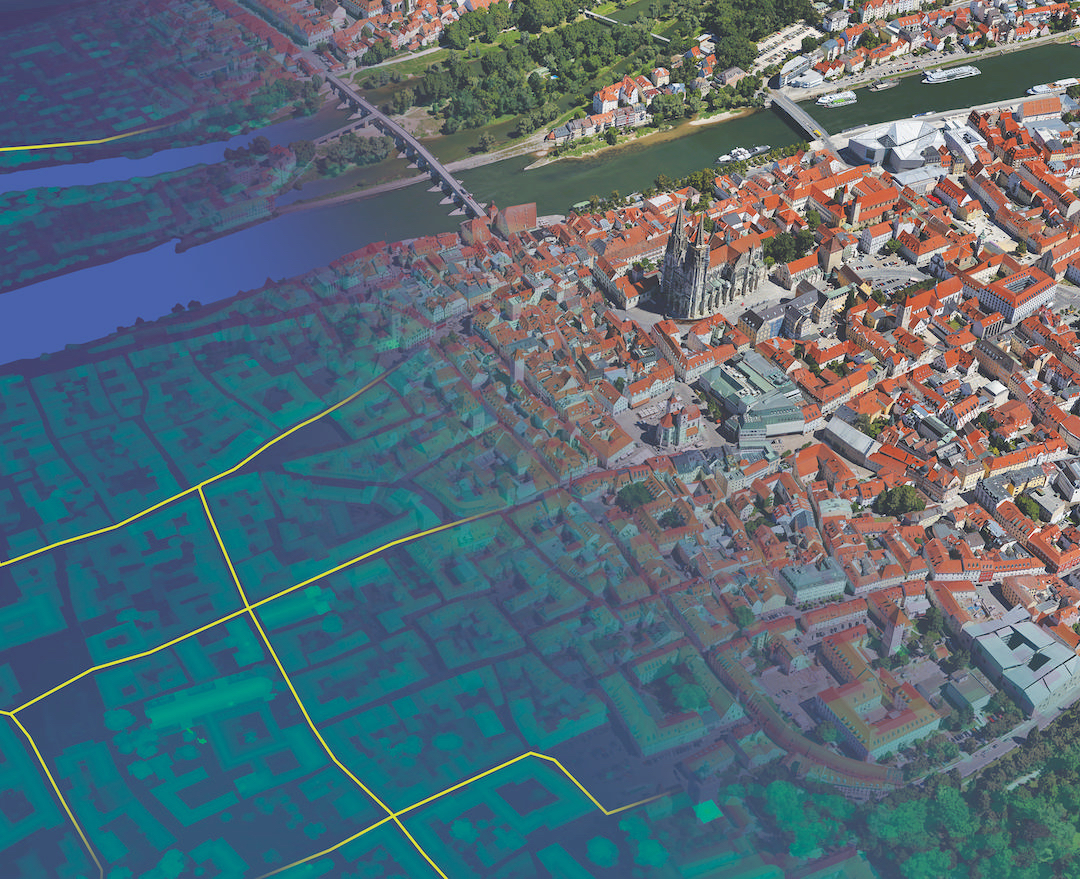When US president Barack Obama signed of an extension to the country’s controversial Patriot Act in May, it was interesting in IT circles for two reasons.
The first is that, despite having opposed it during his presidential campaign, he extended the act that technically allows US intelligence agencies to inspect any data that is hosted on the country’s soil.
The second is that he signed it from France, using a 200-year old invention known as an autopen. First patented in 1803, the autopen contains a copy of the user’s signature, allowing documents to be signed remotely at the touch of a button.
When it was first signed into US law in 2001, the Patriot Act was given a ten-year deadline in which to be extended. But Obama was in France at the time of the deadline, and voting on the extension ran right up to the wire. Just 15 minutes before Act was due to expire, Obama gave his authorisation for the autopen to be used and the extension was duly ‘signed’.
This made Obama the first president in history to sign a bill using an autopen, but he was not the first to use one. The country’s third president, Thomas Jefferson, used one to copy and archive his work, describing it as "the finest invention of the present age”.
Nor was the first time a president had considered signing in a law with such a device. Predecessor Bill Clinton and Ronald Reagan both found themselves separated from bills in urgent need of the presidential mark, but in those cases the Department of Justice preferred to fly the paper to the president.
This time, however, it plumped for the more environmentally friendly, 19th Century option.






